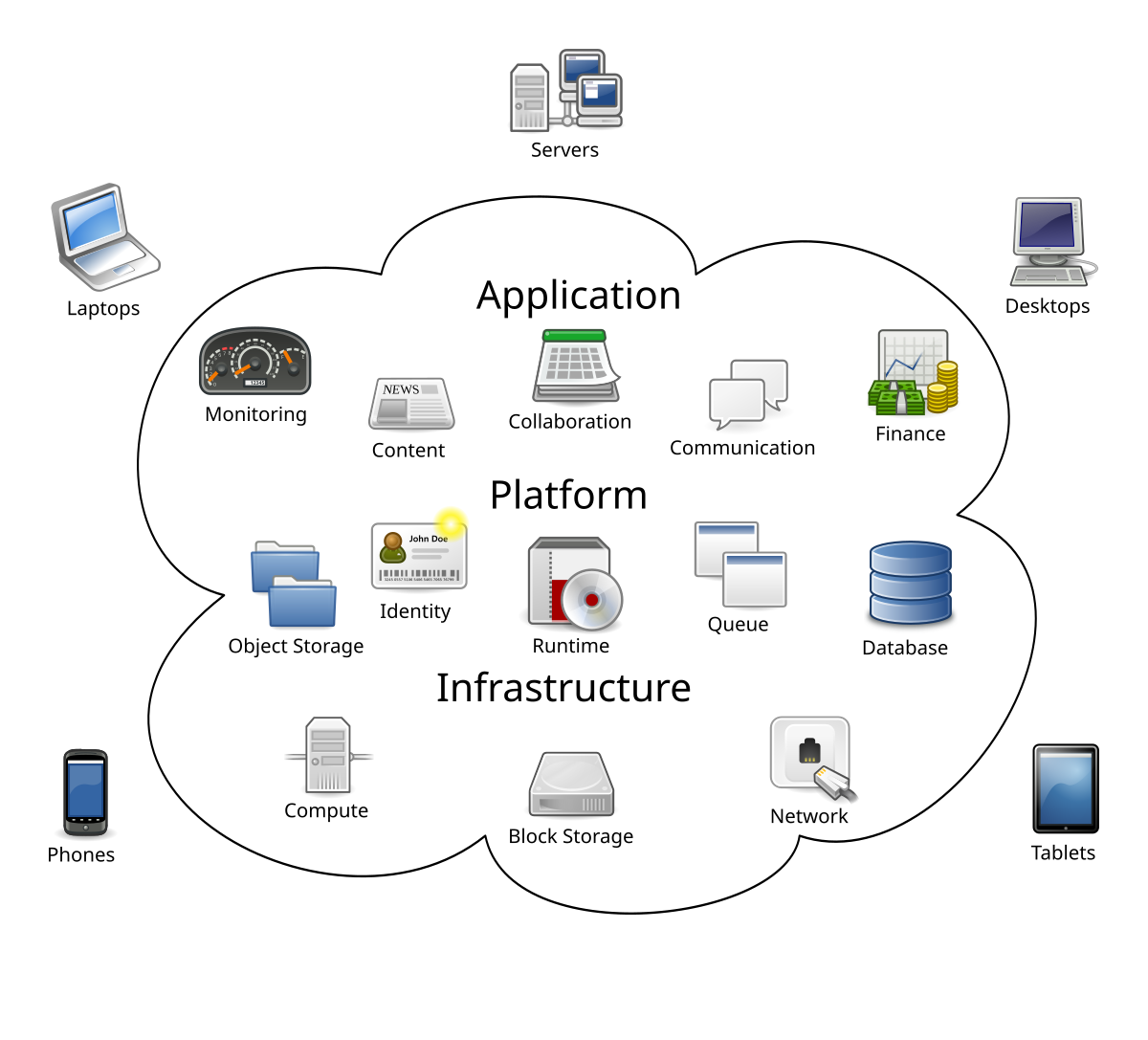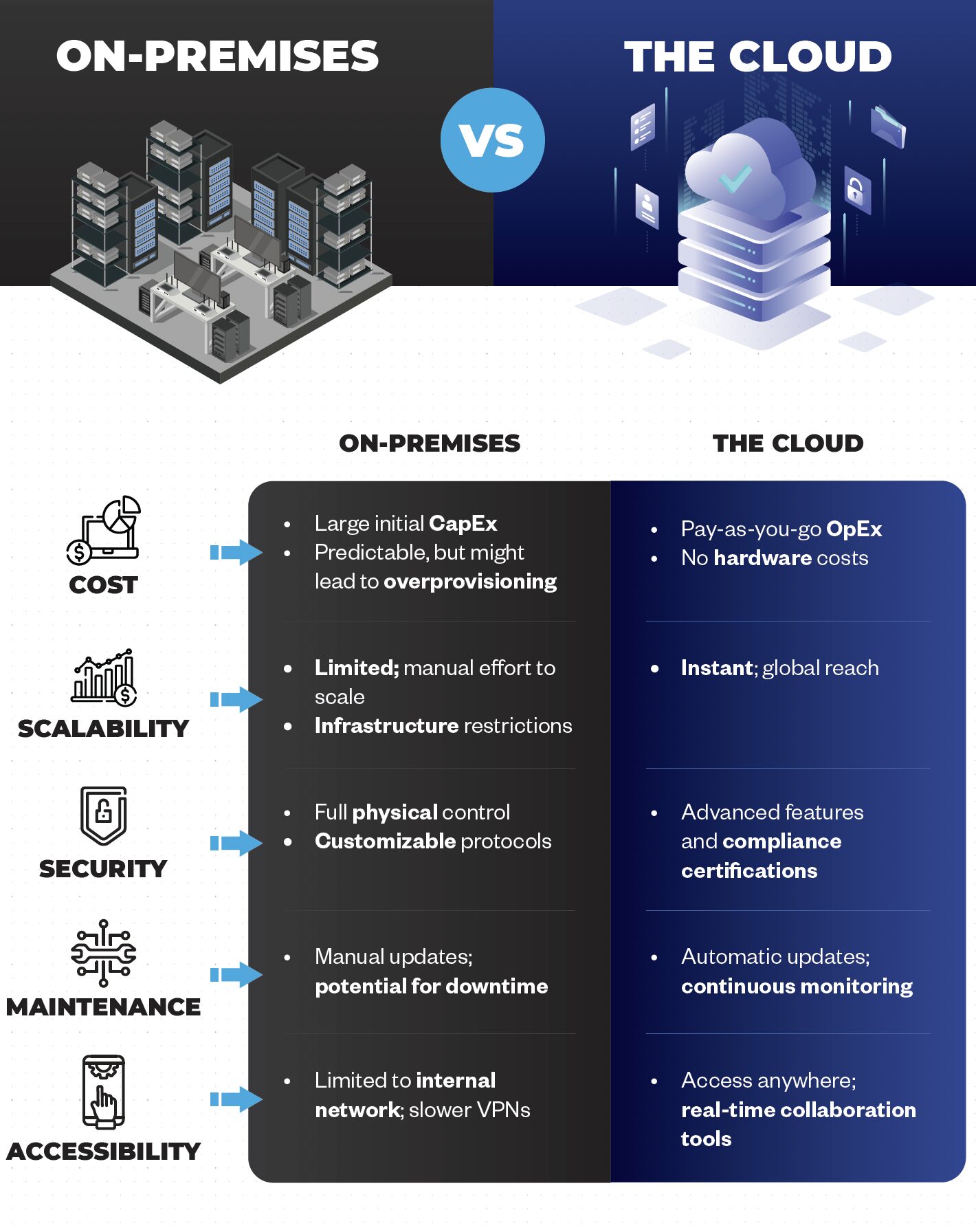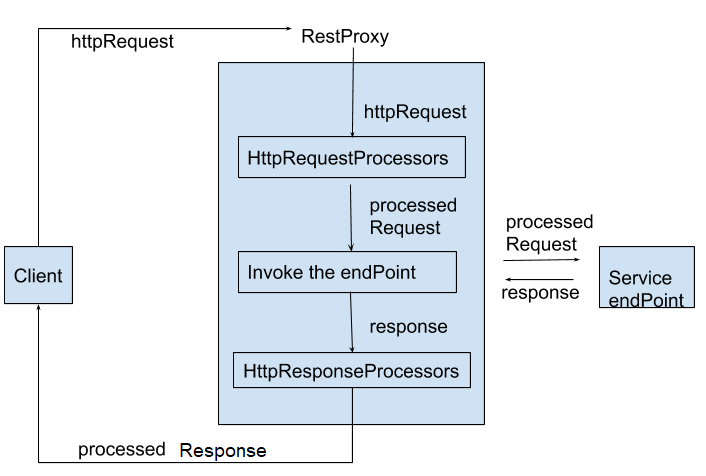Servers
(2025-10-10T21:17.084Z)
Perplexity Query
(2025-10-10T21:17
.084Z)
Question:
What exactly are Servers in cloud infrastructure?
If you had to explain it to a grandmother, how could you explain it?
If you had to explain it to a college computer science student, how would you explain it?
What kind of "market growth" have we seen in servers and data centers in the last few years?
Model: sonar-pro
Explaining Cloud Servers for different audiences
For a Grandmother:
Imagine you store your photos, recipes, and letters in file cabinets at home. Now, think of cloud servers as big digital file cabinets—but these cabinets are kept not in your house, but in huge, secure, and temperature-controlled buildings run by tech companies. Instead of only you having the key, the companies let you use your computer or phone to see your things from anywhere, anytime, and they even help you clean, organize, and protect your stuff for you.
[hch8c4]
When you use services like email, online shopping, or video streaming, those “digital file cabinets” are the ones working behind the scenes to make everything run smoothly.
[6drb16]

For a College Computer Science Student:
A server in cloud infrastructure is a virtual or physical machine hosted and managed by a cloud provider, such as AWS, Azure, or Google Cloud.
[sxcnw7]
[odr63l]
These servers process requests, run applications, store data, and distribute workloads across data centers worldwide. Unlike traditional servers—physical boxes in your company’s basement—cloud servers use virtualization, enabling a single physical server to host multiple virtual servers, each with its own operating system and resources.
[6drb16]
This makes it easy to scale up or down as needed, improves fault tolerance, and reduces costs since you pay only for what you use.
[el7pq5]
The infrastructure supporting these servers consists of interconnected hardware (processors, memory, storage), networking equipment, and software layers that handle resource allocation, load balancing, and security.
[sxcnw7]
[odr63l]
Cloud providers offer these resources via Infrastructure as a Service (IaaS), abstracting the underlying physical components so developers can focus on deploying applications without worrying about server maintenance.
[hch8c4]

Market Growth in Servers and Data Centers
- Overall Growth: The demand for cloud servers and data centers has skyrocketed in recent years, driven by digital transformation, remote work, video streaming, AI/ML workloads, and more.
- Spending: Global spending on servers grew significantly, with cloud providers investing billions in new data center construction and hardware to handle increased demand for computing power and storage. [94iq45]
- Market Size: The global cloud services market was valued at hundreds of billions of US dollars and continues to expand at a double-digit annual growth rate, with projections suggesting even faster growth in the coming years.
- Adoption: Enterprises increasingly shift from on-premises servers to cloud infrastructure, attracted by scalability, cost savings, and ease of management. [hch8c4] This shift has accelerated the construction of hyperscale data centers worldwide.
- Sustainability: Major providers are also investing in green data center technologies to manage the environmental impact of this explosive growth.

Summary Table: Traditional vs. Cloud Servers
| Feature | Traditional Servers | Cloud Servers |
| Location | On-premises (local company) | Remote, provider-managed |
| Ownership | Purchased and managed by organization | Rented, managed by provider |
| Maintenance | DIY maintenance and upgrades | Provider handles maintenance |
| Scalability | Limited, fixed capacity | Highly scalable, on-demand |
| Cost Model | Upfront capital expense | Pay-as-you-go operating cost |
| Access | Local network | Anywhere with internet |
| Virtualization | Optional | Core technology |
Key Takeaways
- The market for these servers and data centers is booming, with rapid expansion fueled by digital needs and cloud adoption. [94iq45]
- Visuals help bridge the gap: from simple analogies for non-tech users, to technical system diagrams for students and professionals.
(2025-10-10T22:08.371Z)
Perplexity Query
(2025-10-10T22:08
.371Z)
Question:
What do "Servers" do exactly, in terms of processing requests and sending responses... What's the role of a server in a typical application and user experience?
Model: sonar-pro
A server in a typical application is a dedicated system that processes incoming requests from clients, performs the necessary operations (like retrieving data or making calculations), and returns corresponding responses that enable the user experience[1][3]. This underpins how websites, apps, and many digital services work.
Core Role of a Server
- Receives Requests: A client (such as a web browser or mobile app) initiates communication by sending an HTTP request for a specific action or resource (like viewing a webpage or submitting a form).
- Processes Requests: The server validates the request, may interact with databases, run business logic, or perform computations as directed by the request.
- Sends Responses: After processing, the server formulates an HTTP response containing a status code (success, error, etc.), headers (metadata), and a body (the requested data or error message), and sends it back to the client.
- Enables User Experience: Clients use the response to render information for the user or take further actions, such as displaying a webpage or confirming form submission.
Request-Response Example & Visualization
- Imagine a diagram showing a client sending a request to a server and then the server returning a response.
- It often includes key steps: DNS resolution (finding the server’s IP address), establishing a network connection, and following the HTTP request-response cycle.
Practical Example

- The browser (client) sends a GET request to the server for the homepage.
- The server processes this request: fetches the HTML file (sometimes after reading from a database), builds a response message, and sends it back.
- The browser receives the response and renders the page for you to see.
Key Details in Request and Response
- Request Structure: Includes a method (GET/POST etc.), a URL, headers (providing context or authentication), and—in some cases—a body with additional data (like form parameters).
- Response Structure: Consists of a status code (e.g., 200 OK, 404 Not Found), headers (such as content type or caching instruction), and a body (the main content or error details).
Additional Supporting Content

- A detailed flowchart or table might show:
- Client connects to server using TCP (three-way handshake).
- Client request → server validation and logic → server response → client uses or displays data.
- Common status codes help users and developers diagnose issues:
- 200 OK: Success
- 404 Not Found: Resource missing
- 500 Internal Server Error: Server-side problem.
Summary Table: Server Role in Typical Application
| Stage | Server Action | User/Client Experience |
| Request received | Parses and validates request | Initiates action |
| Processing | Runs logic, queries database, etc. | Waits for result |
| Response sent | Crafts and sends response message | Sees result (page, data) |
Servers are essential to modern user experiences, acting as back-end engines that interpret client instructions and provide appropriate data or services in response.
Citations
[hch8c4] 2025, Oct 09. Cloud Infrastructure Defined - Catchpoint. Published: 2024-01-01 | Updated: 2025-10-09
[sxcnw7] 2025, Oct 10. What is Cloud Infrastructure? - AWS. Published: 2025-09-29 | Updated: 2025-10-10
[6drb16] 2025, Sep 26. What are Cloud Servers and Digital Infrastructure - Divio. Published: 2023-07-03 | Updated: 2025-09-26
[odr63l] 2025, Oct 10. What is Cloud Infrastructure? | Microsoft Azure. Updated: 2025-10-10
[94iq45] 2025, Oct 10. What Is Cloud Infrastructure? - Oracle. Published: 2024-12-20 | Updated: 2025-10-10
[el7pq5] 2025, Sep 24. What Is a Cloud Server? | IBM. Published: 2021-09-17 | Updated: 2025-09-24
[7]: 2025, Aug 29. What is the cloud? | Cloud definition - Cloudflare. Published: 2025-01-01 | Updated: 2025-08-29
[8]: 2025, Oct 10. What Is Cloud Infrastructure? | CrowdStrike. Published: 2024-07-08 | Updated: 2025-10-10
[9]: 2025, Oct 09. What is a Cloud Server? Definition & Benefits | Lenovo US. Published: 2025-09-18 | Updated: 2025-10-09
[10]: 2025, Feb 16. HTTP Request-Response Cycle: What Happens Behind the Scenes?. Published: 2025-01-18 | Updated: 2025-02-16
[14]: 2025, Sep 25. HTTP Request Response Flow - Parth Goswami. Published: 2023-05-14 | Updated: 2025-09-25
[16]: 2025, Aug 29. How the Web Works II: Request/Response Anatomy. Published: 2017-08-31 | Updated: 2025-08-29